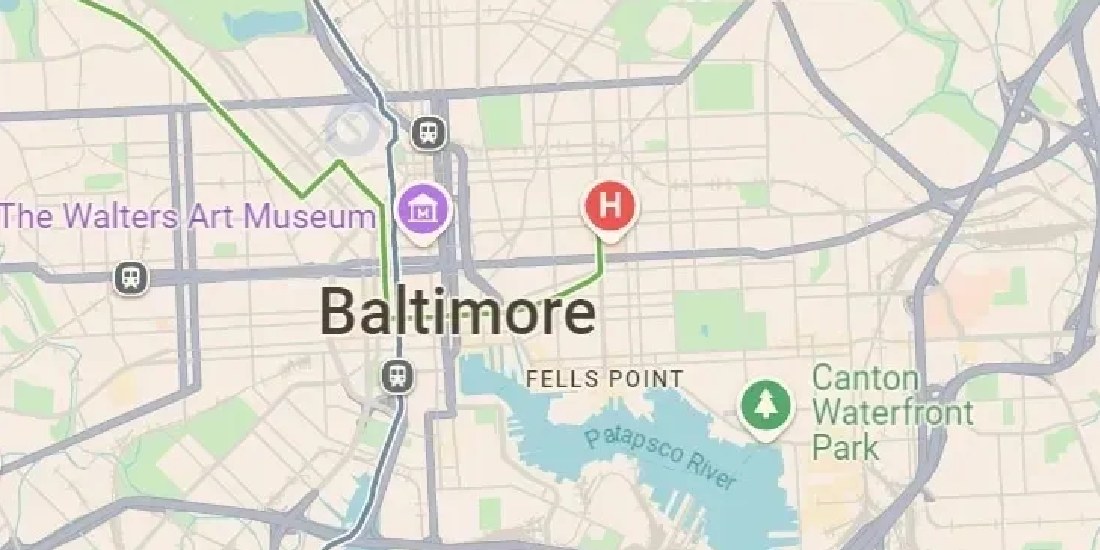These entries are part of a series of reflections from Practice-Based Studio (PBS)—a foundational course in the MA in Social Design program at MICA. As I began my journey as a graduate student, these writings became a space to pause, process, and engage more deeply with what I was learning—about design, about people, and about myself. Set against the backdrop of a new city, each post captures moments of growth, questions, and discoveries that emerged in and outside the classroom.
It marks the beginning of a reflective practice I intend to carry forward.
This week has been an interesting one. Walking into PBS studios, I felt a bit nervous. While I have had experience practicing design in a commercial setting and teaching it, stepping into the learning side of things made me uneasy. What I didn’t expect to realize, though, is just how crucial it is to really know the people you’re working with. In past group work situations, I was often thrown into projects where “engagement” was stressed, but never truly about understanding where each of us came from. Now, it feels clear to me that this kind of interaction is essential and that getting to know the group you’re working with from the start sets the tone for deeper engagement later.
By the end of each studio, no matter how unstructured the start of the conversations might feel, the exercises and prompts eventually make sense. There’s always another lesson waiting to be learned, and it surprises me how much I take away after each session.
Design thinking is fascinating, but those timed exercises always make me nervous — in a good way. It’s an exciting challenge. What these activities have taught me is to step out of my comfort zone, where I tend to overthink and research endlessly to come up with the best prototype. I had forgotten that learning comes from those initial, quick-thinking prototypes, no matter how incomplete they may seem. They’re often the starting point of something new and exciting.
Group work has always energized me, especially when I hear about the variety of projects/initiatives my cohort and former batchmates have worked on over the years. It’s inspiring to see how their contributions remain relevant and serve as a resource of knowledge to learn from. Even though I was anxious stepping into PBS — especially with all the talk of human-centered design — I’m now beginning to see things differently.
Previously, I’ve felt somewhat opposed to the idea of human-centered design. It always seemed to focus too narrowly on humans without considering the broader context of our interactions — whether it be with architecture, animals, nature, or abstract experiences. However, I was quickly corrected and realized that human-centered design has been misinterpreted, especially in commercial settings. The true spirit of this approach isn’t about isolating humans from their surroundings; it’s about understanding the community, the layers of life, and experiences that shape needs and desires.
As I settle into Baltimore, I’m still finding my footing in this new city, but the studio has allowed me to see Baltimore more authentically. The city feels full of opportunities and welcomes those willing to work with it. It takes a lot for a community to realize that the solutions to its problems lie within the people themselves. I’ve seen glimpses of that realization in Baltimore, whether at Red Emma’s or through projects in the Social Design Centre.
I came here with an open heart, eager to learn more about this city and what it has to offer. In return, I’m more than willing to contribute and grow alongside it.

